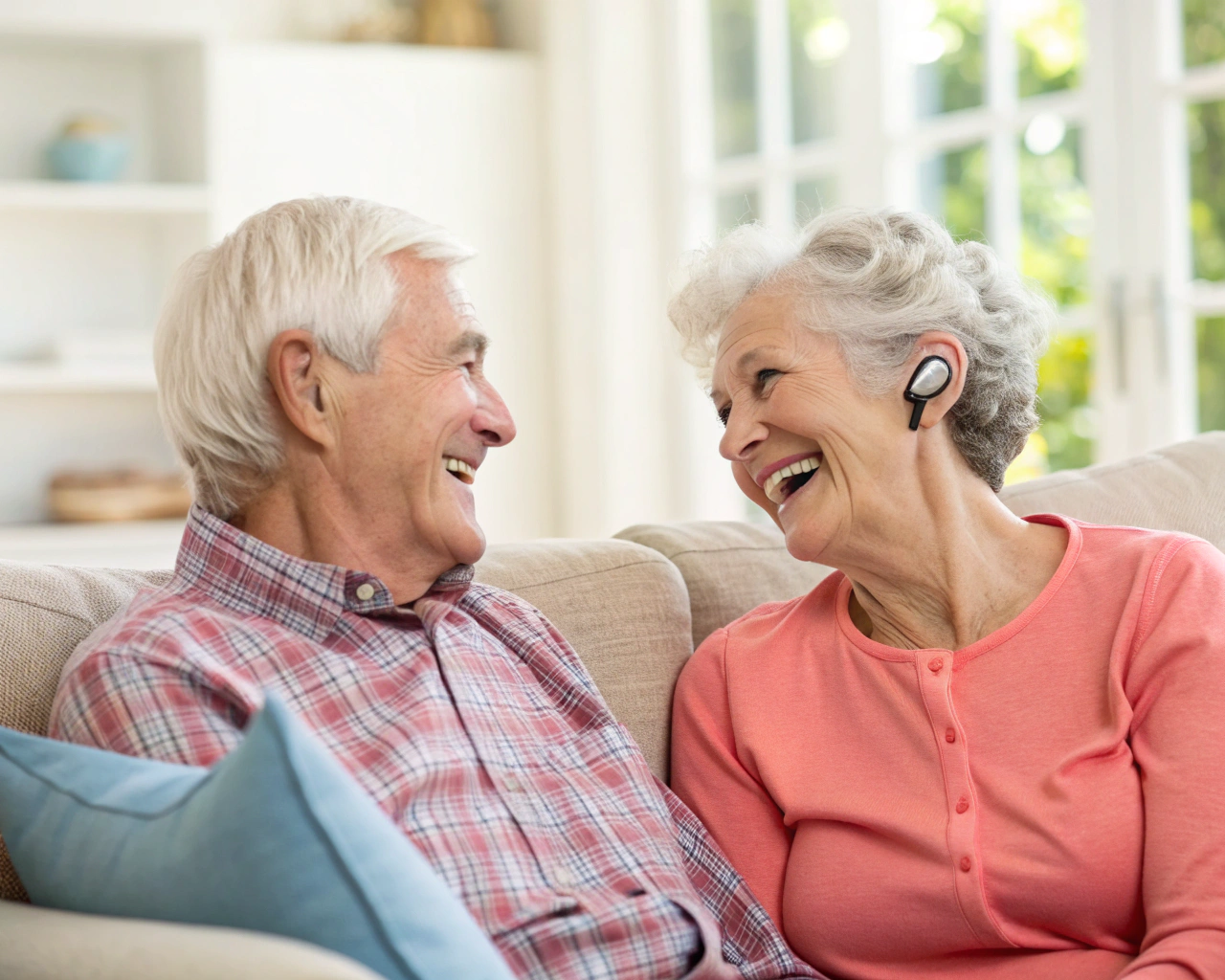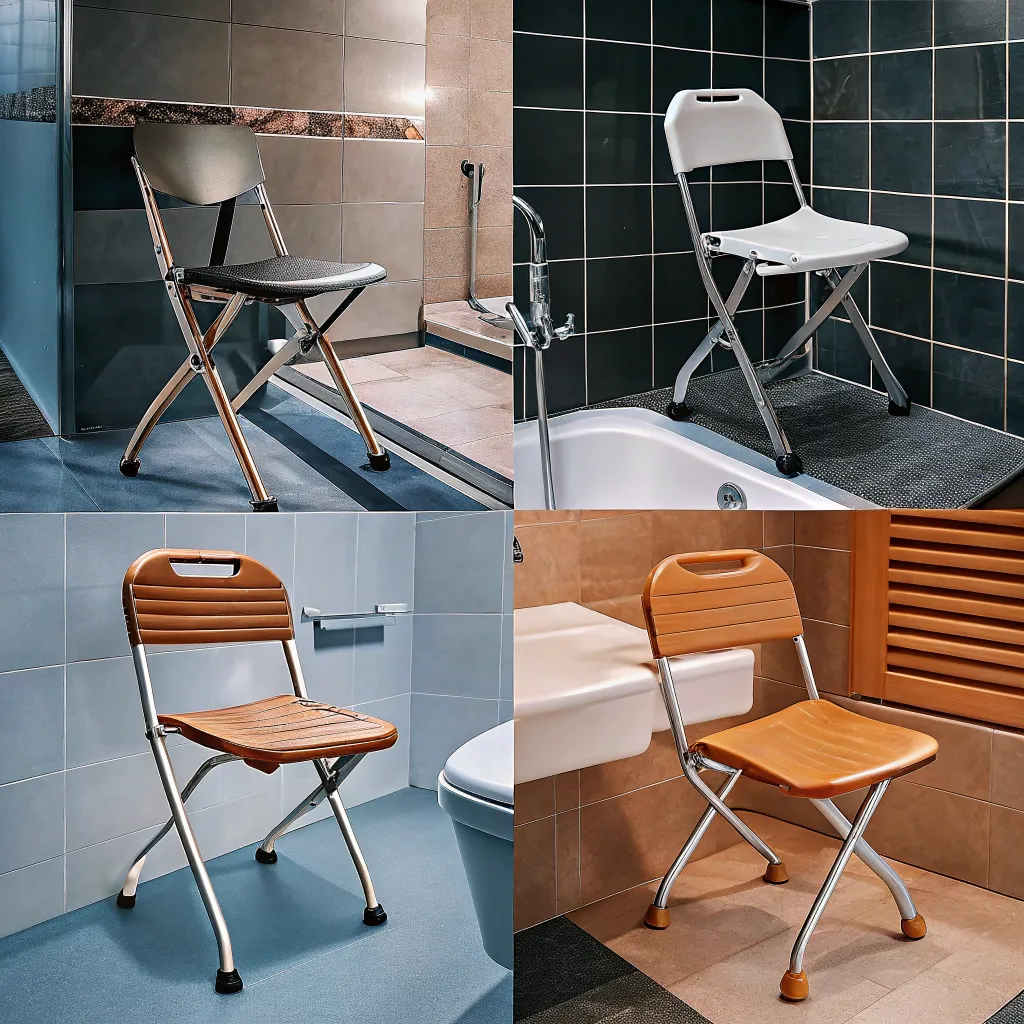Balance issues can make everyday activities challenging for seniors. The right footwear makes all the difference.
Understanding Balance Problems in the Elderly
As we age, our balance naturally deteriorates due to several factors including muscle weakness, vision changes, and neurological shifts. According to the CDC, one in four Americans aged 65+ falls each year, making fall prevention crucial for senior safety.
Balance problems don't just appear overnight. They often develop gradually, with many seniors not realizing they're at risk until after experiencing a fall. This makes preventative measures, including proper footwear, essential components of senior safety gear.
Dr. James Martin, a podiatrist at Foot Health Center, notes, "The shoes seniors wear can either contribute to falls or help prevent them. I see too many patients after a fall that could have been prevented with appropriate footwear."
Key Features of Supportive Senior Shoes
When shopping for shoes for elderly with balance problems, look for these critical features:
Non-Slip Soles for Traction
The foundation of fall prevention footwear starts with the sole. Look for rubber outsoles with deep treads that provide grip on various surfaces. Avoid plastic soles or those with minimal tread patterns as they offer little traction on wet or smooth surfaces.
Some manufacturers use specialized rubber compounds specifically designed to maintain grip even on wet surfaces – a crucial feature for bathroom or kitchen safety.
Proper Fit and Adjustability
Shoes that are too loose can cause tripping, while tight shoes create discomfort and affect gait. The best shoes for balance include:
- Adjustable closures (velcro or elastic laces)
- Wide toe boxes to accommodate foot swelling
- Proper heel cups that keep the foot stable
Many seniors experience foot swelling throughout the day, making adjustable closures particularly important for maintaining proper fit.
Which Shoes Help Most with Walking Stability?
New Balance 928v3: The Stability Champion
Physical therapists frequently recommend the New Balance 928v3 for seniors with balance concerns. These comfortable shoes for elderly feature:
- ROLLBAR technology that prevents rear-foot movement
- Deep heel cups for stability
- Excellent cushioning for shock absorption
- Wide width options for proper fit
As one PT on Reddit mentioned, "The New Balance 928v3 has been a game-changer for many of my elderly patients with balance issues. The stability features really make a difference in their confidence while walking."
Treks Airo: Ground Feel for Better Balance
For seniors who need more sensory feedback, the Treks Airo offers unique benefits:
- Zero drop design (heel and toe at same height)
- Thin 4mm sole for ground feel
- Lightweight construction
- Flexible materials that move with the foot
This design philosophy follows research suggesting that some balance problems improve when feet can better sense the ground beneath them.

How Can Proper Footwear Improve Balance?
Recommended podiatrist shoes don't just prevent falls – they can actively improve balance through several mechanisms:
- Proper weight distribution across the foot
- Reduced foot pain that might cause compensation patterns
- Improved proprioception (awareness of foot position)
- Better stability during weight shifts
One study published in the Journal of Aging and Physical Activity found that seniors wearing appropriate supportive footwear showed measurable improvements in balance tests after just 12 weeks compared to those wearing inappropriate shoes.
What About Indoor Fall Prevention?
While many focus on outdoor walking shoes, indoor falls are equally dangerous. Non-slip senior shoes designed for indoor use should be:
- Lightweight but supportive
- Easy to put on and take off
- Equipped with non-marking rubber soles
- Properly fitted to prevent shuffling
House slippers, while comfortable, are often responsible for indoor falls. Instead, look for dedicated indoor shoes with proper support and non-slip features.
Balance Improvement Tips Beyond Shoes
While shoes for walking stability are crucial, they work best as part of a comprehensive approach:
- Strengthen leg muscles through appropriate exercises
- Remove tripping hazards from the home
- Install grab bars in bathrooms and stairways
- Have regular vision and medication reviews
- Practice balance exercises recommended by physical therapists
Dr. Sarah Chen at Balance Recovery Center suggests, "The right shoes provide the foundation, but balance training exercises build upon that foundation for the best results."
Which Brands Make the Best Shoes for Elderly with Balance Problems?
Several manufacturers specialize in comfortable shoes for elderly with stability features:
- New Balance: Known for wide width options and stability technology
- Orthofeet: Offers ergonomic designs with arch support and cushioning
- Hoka: Provides maximum cushioning with a stable base
- Brooks: Features motion control and stability models
- Propét: Specializes in Medicare-approved diabetic and orthopedic footwear
Many of these brands offer models that qualify as Medicare-covered therapeutic shoes when prescribed by a physician.
When Should Seniors Replace Their Balance Shoes?
Even the best shoes for balance wear out over time. Seniors should replace their shoes:
- Every 8-12 months with regular use
- When tread patterns show significant wear
- If the heel counter (back of shoe) becomes unstable
- When cushioning feels compressed or uneven
Worn shoes lose their supportive qualities and can actually contribute to balance problems rather than helping.
The investment in quality fall prevention footwear pays dividends in maintained independence and reduced fall risk – making it one of the most important purchases a senior can make.





